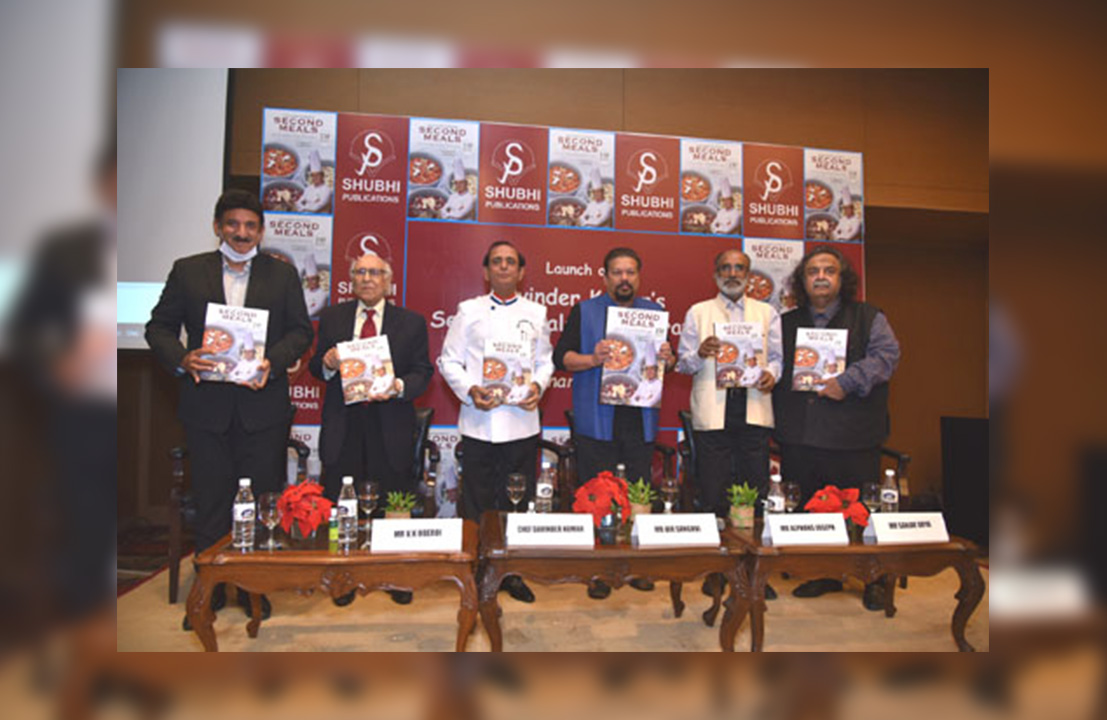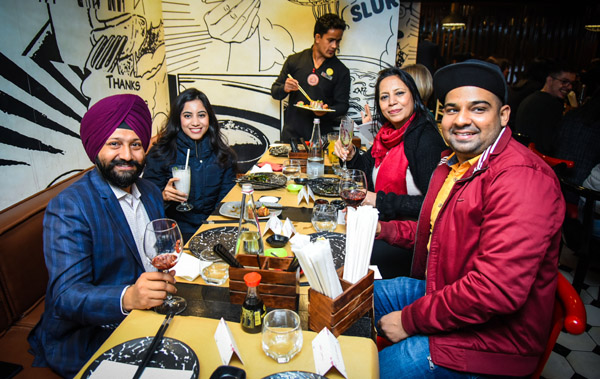

Kazem Samendhari digs into the annals of French history to discover how breads have played a prominent role in wars and ceremonials
Bread: it is the history of mankind as you contemplate it.
At the basis of our diet for thousands of years, it bears testimony to the history of civilisation. As a spiritual symbol, it has accompanied feasts and religious rites. Depending on the whims of nature and military campaigns, bread has been a sign of opulence or misery, servitude or freedom; famine bread during the Middle Ages, hunger strikes on the eve of the French Revolution, black bread rationed during war, and post-war white bread. In 1788 and 1789, speculation in the movement, storage and sale of grains combined with adverse weather conditions led to a severe bread shortage throughout France. Prices for this staple increased beyond affordability, especially for the poor and peasant classes. While the rich had plenty of fine bread made from pure white flour, the poor either starved or subsisted on an inferior product made from poorly milled bran grains.
Mass starvation eventually provoked revolution. Some even say that the storming of the Bastille was more a call for bread than it was an uprising to free enemies of the crown. The people cried out for bread and searched the bakeries to no avail. There was no bread. Once calm was restored, the constituent assembly authorised bakers to make only one kind of bread – “bread of equality ” (pain d’égalité) – made from flour that was ¾ wheat and ¼ rye with the bran included.
White flours were banned and rationing was introduced. The victory of the republic and the abolition of feudal privileges did permit the return of white breads to the table. It eventually became the everyday bread. Once Napoleon came to power, he was determined not to repeat the same mistakes made by his predecessors. His government issued decrees that established standards for French bread, specifying ingredients and baking methods. These Napoleonic decrees also elevated the status of professional bakers; establishing quality control for flour milling, mixing, and dough kneading; and ended the speculation in grains by farmers and commodity brokers. Later, governments added to the Napoleonic decrees, specifying ways to knead and aerate the dough and establishing shape and size criteria for any loaf designated an authentic French baguette.
Beginning in the 19th century with all the advances that came with it, the progress of technology helped the harvest. Bread became more accessible, especially for farmers who increased their consumption. Cooking in the communal ovens decreased, to the delight of the bakers who were now recognized as a separate entity. In the early 20th century, techniques were developed where slow fermentation became 100 per cent guaranteed by the yeast.
The kneading is short, the shape is long, and the dough irregularly aerated. And in 1920, the baguette, as we know it today, was born.
Let us now have a look at another of the very French products, certainly very familiar to all of you, the croissant and see why its is called Viennoiserie or in English a Viennese pastry.
History of the Croissant
A croissant is a frugal kind of breakfast pastry, made from what we call in the jargon, pâte feuilletée, flaky pastry or puff pastry consisting of (wheat flour, yeast, butter, milk and salt). The croissant is simple without any filling, so the quality of the pastry depends totally on the quality of dough and the ingredients you use and obviously the savoir faire and the know how of the baker.
This is so much true that within the bakery profession in France there is a particular specialty called Tourier who is specialised in the production of dough destined to the large gamut of flaky pastries. In 1683, Vienna (the capital of Austria) was under siege by over a hundred thousand Ottoman Turks. After several months of attempts to starve the city into submission, the Turks started building a tunnel beneath the walls of the city.
Fortunately for the entire city, some bakers hard at work in the middle of the night heard the sounds of the Turks digging underneath and alerted the city’s defenders. This advance warning gave the defenders enough time to do something about the tunnel before it was completed. Soon, King John III of Poland arrived at the head of an army that defeated the Turks and forced them to retreat.
To celebrate the end of the siege and the part they had played in lifting it, several bakers in Vienna made a pastry in the shape of the crescents they had seen on the battle standards of the enemy. They called this new pastry the “Kipferl” which is the German word for “crescent” and continued baking if for many years to commemorate the 1683 Austrian victory over the Turks. It was not until 1770 that the pastry came to be known as the croissant when an Austrian Princess married King Louis XVI of France.
Princess Marie came to France as a very young bride of only 15. The newly wed queen missed the simple cake in the shape of the crescent of her homeland. To honour their new queen, the Parisian bakers made some “kipferls” of their own. The only differences were that they called it by the French word for crescent, “croissant” and made its looks more complex for the royal dining table. Whatever the legend, we must mention Marie Antoinette as an important factor in the history of Croissant, as a symbol of national pride of a princess – a queen.
For obvious reasons and deservedly this category of pastries still carries the name of Viennoiseries or Viennese pastries in English. Nowadays Croissants and it’s chocolate variant, Pain au Chocolat, are two of the most consumed products in France. Having Pain au Chocolat as an after-school snack is considered a must for children, and a Café and Croissant breakfast is, we all know, France’s signature breakfast.
(The writer is the executive chairman of L’Opera India, a producer of high-end French pastry and bakery products in nine locations across Delhi/NCR. They recently organised “Beyond Borders – Salaam Baguette”, a talk focusing on the astonishing range of France’s famed boulangerie and patisserie.)
Below are some of the images from the amazing discussion that took place at India International Centre recently, organised by L’Opera India. Photos by Sanjeev Kumar













